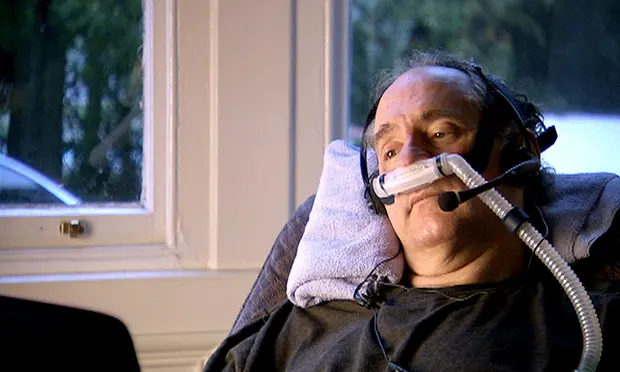
By Holly Vossel
Hospice providers are growing increasingly concerned about how state laws related to transgender rights may impede access to their services among LGBTQ+ communities.
A rash of states have recently passed legislation to ban the delivery of gender-affirming health care, including Idaho, Indiana, Mississippi and Tennessee, among others.
What’s happening in these states has caused mounting concern around access to quality hospice care for LGBTQ+ individuals, according to Kimberly Acquaviva, social worker and professor at the University of Virginia’s School of Nursing.
“It’s not difficult to imagine that transgender individuals living in those states may be hesitant to seek hospice care,” told Hospice News in an email. “If they receive hospice services in an inpatient facility like a hospice house, will they be addressed by their name and supported in their efforts to dress and groom themselves in a manner that affirms their gender 100% of the time? I’m not confident the answer to either question would be ‘yes.’”
Currently, 19 states in the United States have enacted bans or restrictions on the delivery of transgender health care, according to a recent report from The British Medical Journal (BMJ). Out of these states, 10 have already enacted such laws. Other states have similar laws that will take effect beginning July 1, in October or in January 2024, the BMJ report indicated.
Approximately 560 bills have been introduced thus far in 2023 across 49 states nationwide that include legislation related to transgender rights, according to the most recent data from the Trans Legislation Tracker. Around 83 of these laws have passed, 364 are actively in consideration and 113 were blocked, the data showed.
This compared to 26 bills out of 174 pieces of proposed legislation that passed the prior year, or roughly 15% of those proposed in 2022, the Trans Legislation Tracker reflected.
The volume of legislation that has been mulled or passed limiting transgender rights has been “disheartening” and makes it difficult for hospice providers to improve access and address quality, according to Dr. Noelle Marie Javier, internist at Mount Sinai Health System.
“There are roughly 29 states that do not have anti-discrimination protections in place for the LGBTQIA+ community,” Javier said during a recent American Academy of Hospice and Palliative Medicine webinar. “This number has grown tremendously and exponentially. At the end of the day, the LGBTQIA+ community simply wants to be accepted, supported, respected and treated humanely across the board. We are still dealing with the very same issues that our predecessors have long fought.”
The risks for transgender individuals in violation of current state laws has created health care access barriers for many in the LGBTQ+ community, according to Acquaviva.
“Hospice and palliative care professionals have an obligation to ensure transgender individuals have access to care and are treated with dignity and respect,” Acquaviva said. “If laws at the state level impede access and care delivery that aligns with those obligations, hospice and palliative care professionals need to speak up, speak out, and advocate for changes to the laws.”
Complete Article ↪HERE↩!

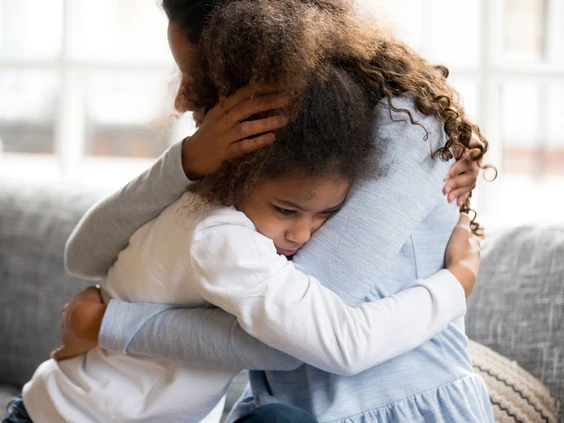

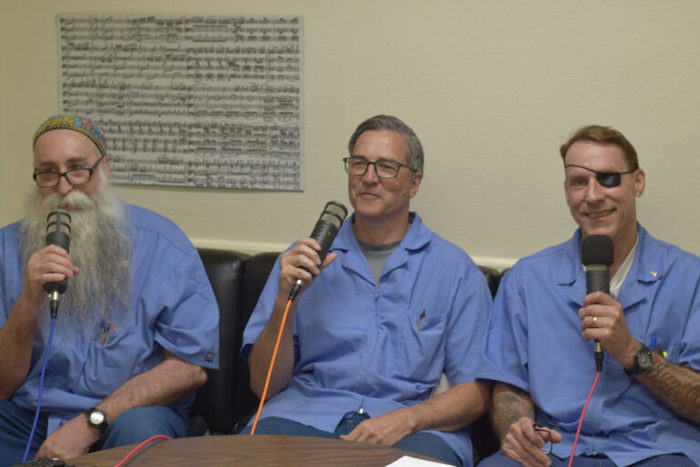
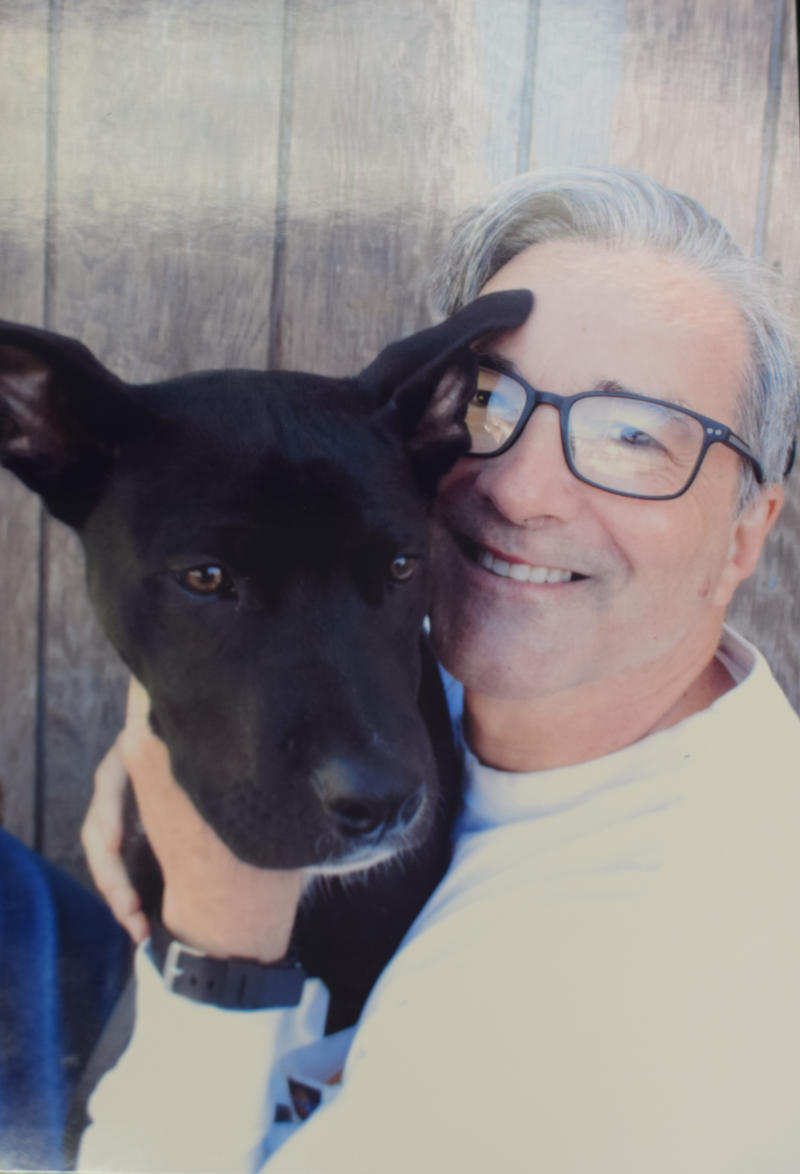
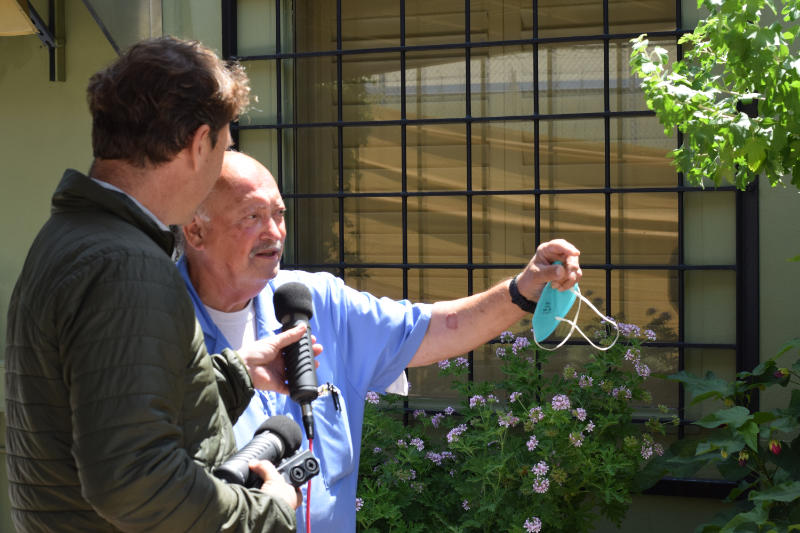
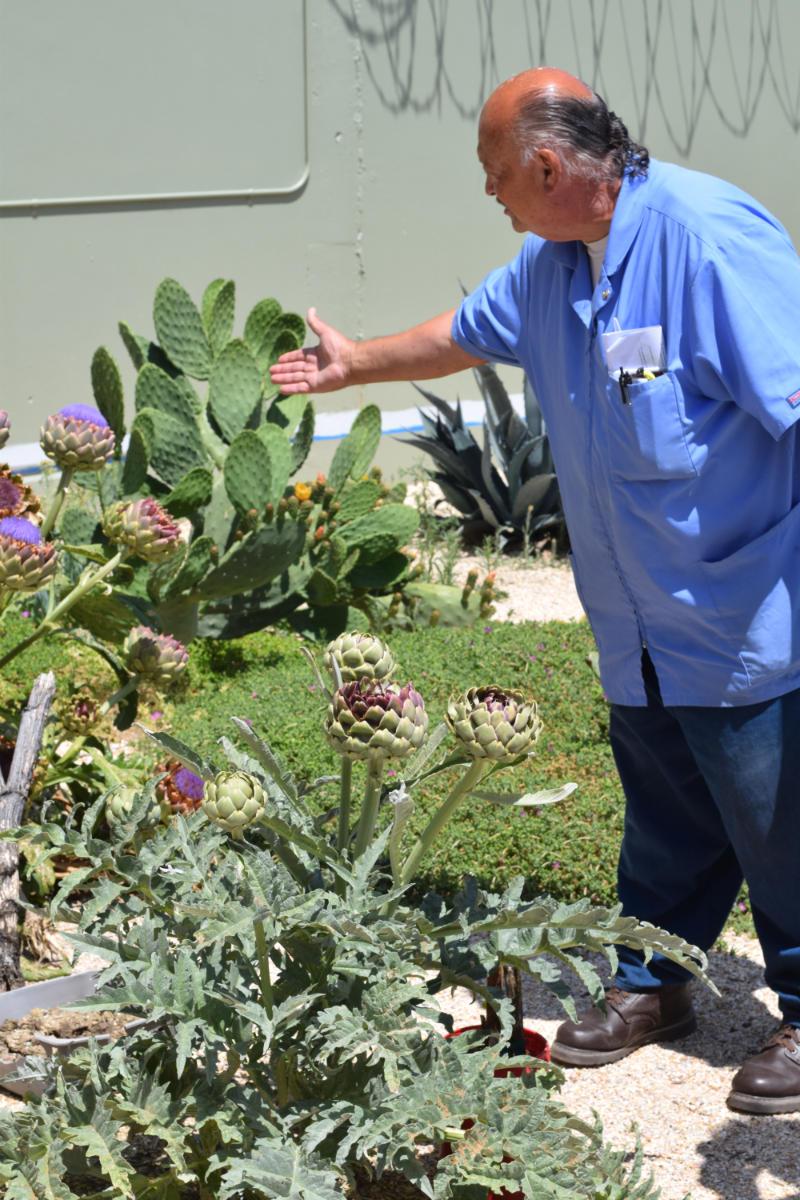

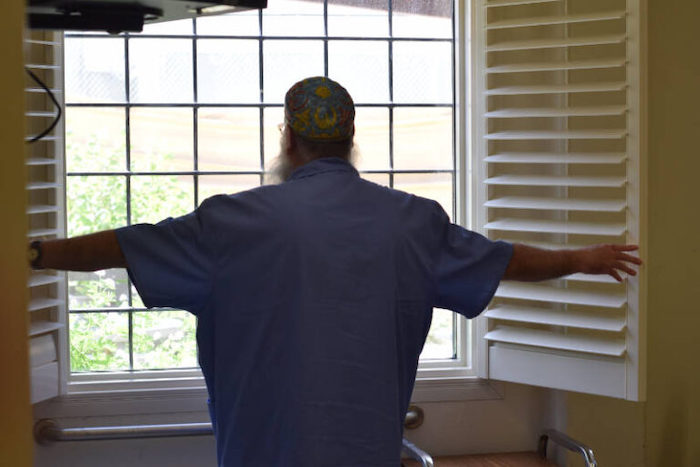
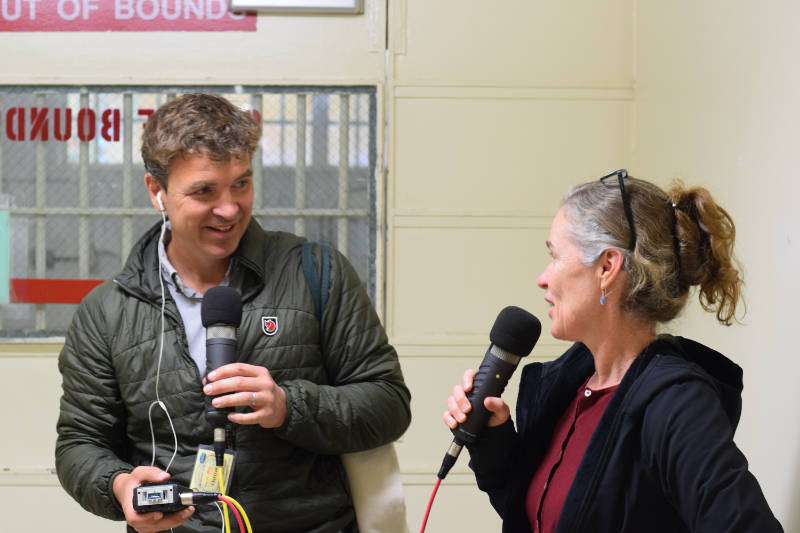 We start off part one by interviewing Michele DiTomas, who has been the longstanding Medical Director of the Hospice unit and currently is also the Chief Medical Executive for the Palliative care Initiative with the California Correctional Healthcare Services. We talk about the history of the hospice unit, including how it was initially set up to care for young men dying of AIDS, but now cares for a very different demographic – the rapidly aging prison population. We also talk about the eligibility for the unit, what makes it run including the interdisciplinary team and the inmate peer workers, and the topic of compassionate release.
We start off part one by interviewing Michele DiTomas, who has been the longstanding Medical Director of the Hospice unit and currently is also the Chief Medical Executive for the Palliative care Initiative with the California Correctional Healthcare Services. We talk about the history of the hospice unit, including how it was initially set up to care for young men dying of AIDS, but now cares for a very different demographic – the rapidly aging prison population. We also talk about the eligibility for the unit, what makes it run including the interdisciplinary team and the inmate peer workers, and the topic of compassionate release.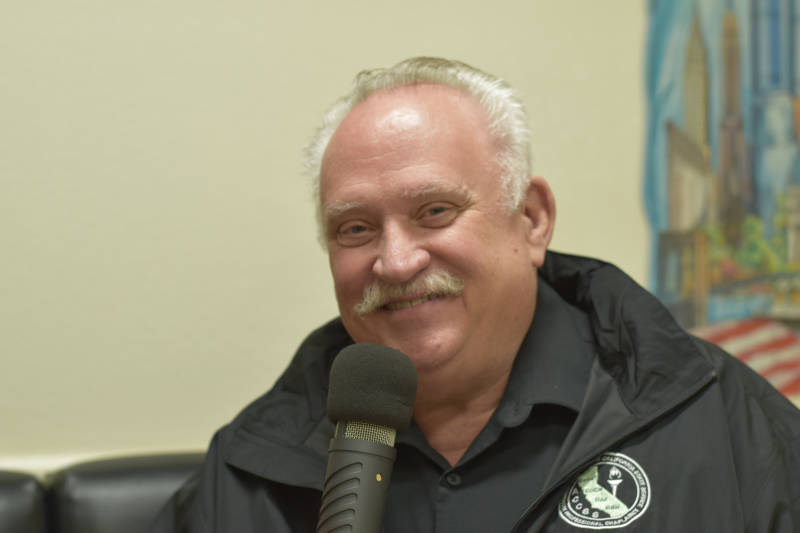 Afterwards, we chat with the prison’s chaplain, Keith Knauf. Keith per many reports, is the heart and sole of the hospice unit and oversees the Pastoral Care Workers. These are inmates that volunteer to work in the hospice unit, serving a mission that “no prisoner dies alone.” We chat with Keith about how hospice in prison is different and similar to community hospice work, the selection process and role of the peer support workers, the role of forgiveness and spirituality in the care of dying inmates, and what makes this work both rewarding and hard.
Afterwards, we chat with the prison’s chaplain, Keith Knauf. Keith per many reports, is the heart and sole of the hospice unit and oversees the Pastoral Care Workers. These are inmates that volunteer to work in the hospice unit, serving a mission that “no prisoner dies alone.” We chat with Keith about how hospice in prison is different and similar to community hospice work, the selection process and role of the peer support workers, the role of forgiveness and spirituality in the care of dying inmates, and what makes this work both rewarding and hard.

